The tie trend-is the tie still fashionable?
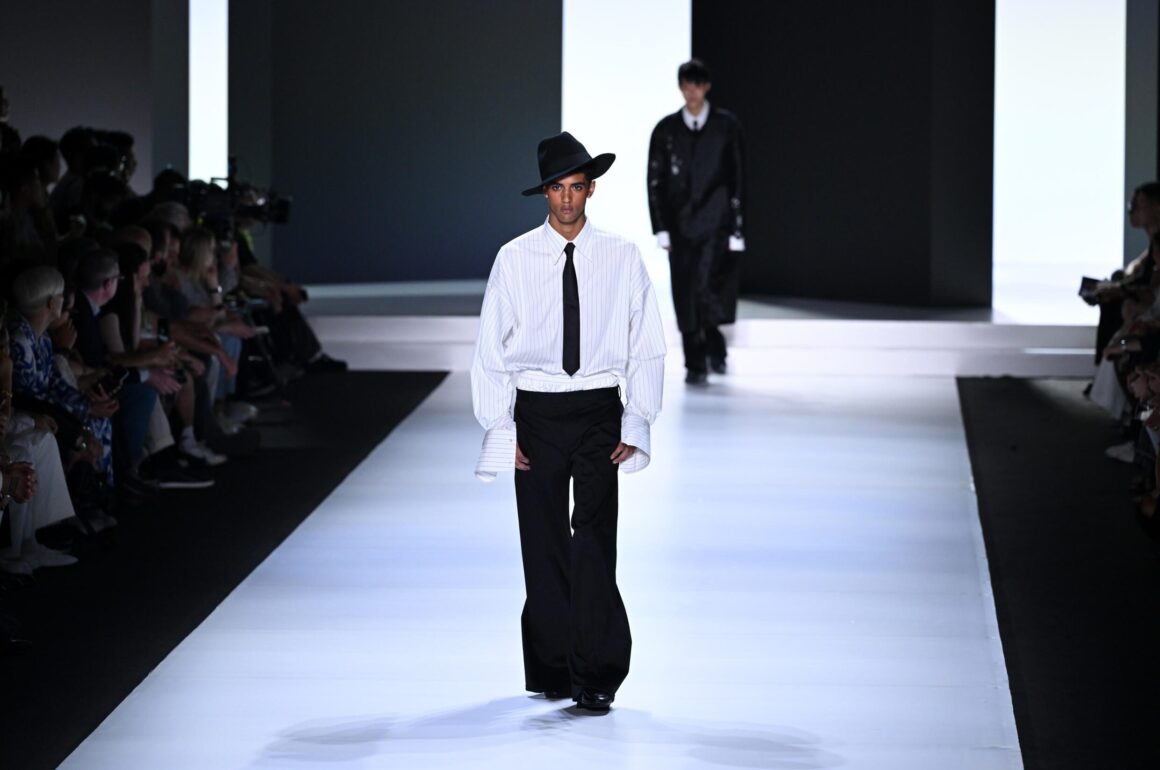
When we think of men’s accessories, one of the first things that comes to mind is the tie. It is one of those timeless accessories that not only add elegance and chic, but also have a rich history and significance in the fashion world. So a tie is much more than just a closet item-it’s a symbol of class, elegance, history and individual style. However, does tie trend Still valid in this day and age? Is it worth investing in a variety of patterns and colors, or is it better to forgo this closet item? To answer this question, it is necessary to delve a little deeper into the world of ties.
The value of tradition in the modern world
The history of the tie goes back hundreds of years, to the 17th century . Initially, it was not a fashion or style item, but had a practical use. The earliest references to ties date back to the Thirty Years’ Wars, where Croatian soldiers wore special scarves around their necks. It was from their name, “cravat” or “kravata” (in French), that the name “tie” was derived. These ties were designed to protect the neck and fix the collars of shirts. And while they first acted as a protective element for shirts, they quickly became an element of sophisticated attire.
In the 17th century, the necktie began to be worn in European courts, especially in Paris. A great influence on its popularity was the fashionable figure of Louis XIV, the king of France, who loved to decorate his outfits with a variety of tie knots. It was he who introduced more complicated ways of tying these accessories into fashion, giving them a new aesthetic. In turn, the 1960s saw the emergence of wide neckties, called “flares”, which expressed spirit of youthful rebelliousness. In later decades, however, there was a return to classic, narrower ties, and experimentation with different fabrics and colors.
Thus, the tie has been an integral part of men’s elegance and style for centuries. It is A symbol of self-confidence and classics, which has adorned the necks of men around the world for decades. And even now, when the importance of tradition is once again appreciated, a tie can be a unique way to express respect for history. On the other hand, however, in a world where modifications such as the Louis Vuitton microscopic handbags, are rapidly gaining popularity, the tie trend is likely to survive?
Classic elegance
In the world of fashion, certain pieces are an inherent source of class and sophistication. In this regard, the necktie remains consistently at the forefront as a unique accent to a man’s closet, symbolizing classic elegance. Even in the face of constant experimentation and temporary inclinations in fashion, such as, for example, seasonal spring trends, the tie is still a fixed value, indicating a confidence, maturity and respect for tradition i.
A sophisticated appearance is more than just an outward presentation. It is also a manifestation of inner taste and aesthetics. The tie, as a subtle and discerning element, fits perfectly into this concept. Its presence on a man’s neck not only reflects attention to detail, but also expresses a sense of style and the ability to harmoniously compose the entire styling. Properly selected, it has the ability to transform the appearance of an ordinary outfit into a majestic creation. The moment it is tied in an elegant knot, the whole posture and silhouette gain confidence. Tie patterns and colors allow you to subtly express your personal style, whether through classic simplicity or bold extravagance.
Tie trend: How to keep the balance between tradition and modernity?
The current fashion era brings with it a fascinating conflict between tradition and modernity, which presents men with the challenge of wearing a tie. This classic accessory, a symbol of elegance and class, is still at the forefront of men’s closet. But how do you find the right balance between preserving tradition and expressing modern style?
Modern fashion trends bring with them dynamic changes that force a reevaluation of previously established conventions. In view of this, many men choose to wear a tie only on special occasions, which gives it the status of a unique accent in their styling. On the other hand, there is an emerging group of men who are not afraid to experiment with ties as an everyday accessory. This modern approach to wearing a tie becomes an expression of their individual aesthetics and self-confidence. They choose Ties with a variety of patterns, colors and textures, creating unconventional styles that conquer their personalities.
To find a harmonious balance between tradition and modernity when it comes to wearing a tie, it is crucial to understand one’s own preferences and context. Wearing a tie only occasionally, for special occasions, emphasizes its uniqueness and brings out its traditional meaning. But it is also worth remembering that its everyday use, even a classic combination with a elegant blazer and a pair of suit pants can bring freshness to routine styling.
New faces of the tie
Although classic patterns and solid colors of ties are still popular, the fashion world is also adapting to new times. Nowadays we can see exciting experiments with shapes, textures and unusual patterns. The tie has become a canvas for creative designers who want to add a bit of daring to men’s closets.
What changes are affecting the tie trend and the huge market for this accessory?
- Patterns and motifs: Prints, which used to remain in the shadows, are now becoming the focal point of styling. The tie has become a veritable field for artists who are determined to redefine this classic element. Experiments with unusual patterns, such as abstractions, geometric shapes or street art, give men the opportunity to express their unique style and daring.
- Invoices: Tie textures are also being revolutionized. In addition to classic materials such as silk and wool, fabrics never seen before are emerging to add new dimensions to styling. Metallic fabrics, velvet and even leather are becoming unusual choices that draw the eye and add character to the entire styling.
- Shapes: Tie shapes are also changing, gaining new forms and proportions. Designs with non-standard widths or asymmetrical indentations give men’s fashion a fresh and innovative twist. Combined with modern knots, these unusual shapes create a fascinating contrast between classic and modern.
- Bonding method: Similarly, as with the issue of tying scarves, it is worth experimenting with different knots and tie-wearing techniques. For those who strive for tradition, classic knots such as Four-in-Hand or Half-Windsor are an excellent choice. On the other hand, those who prefer a modern style can try more unusual knots, such as Eldredge or Trinity.
Style experimentation is not only an expression of courage, but also a testament to the changing perception of men’s fashion. The new faces of the necktie open the door to style self-knowledge and allow men to express their personalities through unique, out-of-the-box choices. It also proves that the tie, despite its long history, is ready to adapt to the changing tastes and needs of the modern man.
Tie trend-still a lot to offer
In light of the analysis of the current tie trend, it is safe to say that this classic element of men’s closet still has its place in today’s fashion. It is a symbol of elegance, style and concern for tradition. Whether we choose classic designs or bold experiments, the tie remains a versatile accessory that can perfectly express our personality. The key is to understand your own preferences and be able to express your individuality through this classic yet versatile men’s closet accessory. You can find your own luxury tie among the assortment of exclusive fashion houses, such as Dior, Versace, or Louis Vuitton.


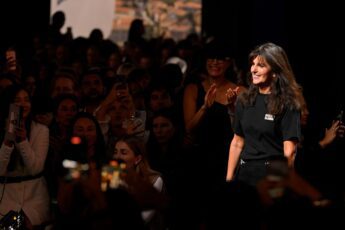

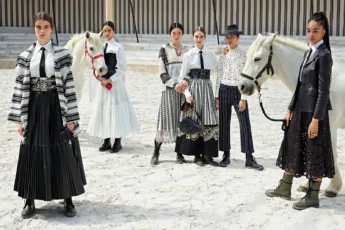
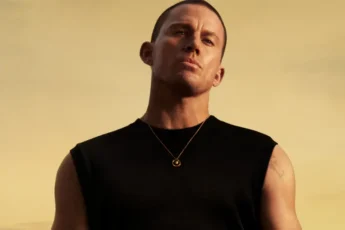
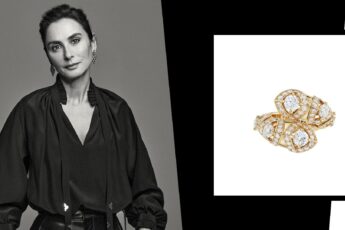
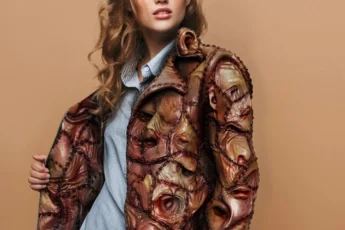
Leave a Comment